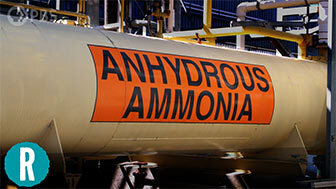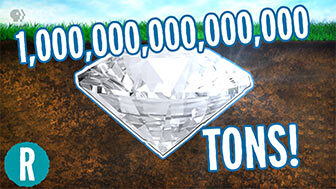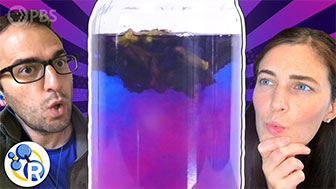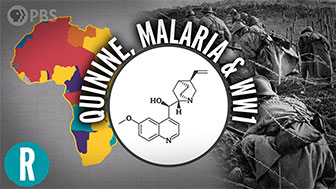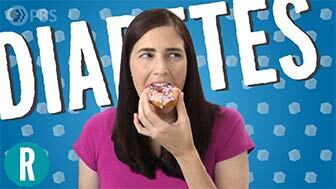Have you ever thought about how strange it is that dogs eat these dry, weird smelling bits of food for their entire lives and never get sick of them? This truly is a scientific puzzle and there are many different types of dog food formulas on the market. Some are designed for weight loss, long shelf life and making sure that your dog eats a balanced diet. This week on Reactions, you’ll see the real wonder of what’s behind the chemistry being used to make the perfect dog food kibble.
Sources:
- Pet Food Palatability Evaluation: A Review of Standard Assay Techniques and Interpretation of Results with a Primary Focus on Limitations
- Volatile Compounds in Dry Dog Foods and Their Influence on Sensory Aromatic Profile
- Sensory analysis of pet foods
- Myths and Misconceptions Surrounding Pet Foods
- What Should You Feed Your Dog?
- The Chemistry of Kibble
- Potassium pyrophosphate pet food palatability enhancers
- What’s the Deal with Meals?
- Putrescine: This molecule was part of our Putrescine and Cadaverine set
- Carbohydrates in the nutrition of the dog
- AAFCO: The People Behind Animal Feed and Pet Food
- Pet Food Labels - General
- Dietary Fats and Canine Skin and Hair Coat
- YOUR DOG’S NUTRITIONAL NEEDS

